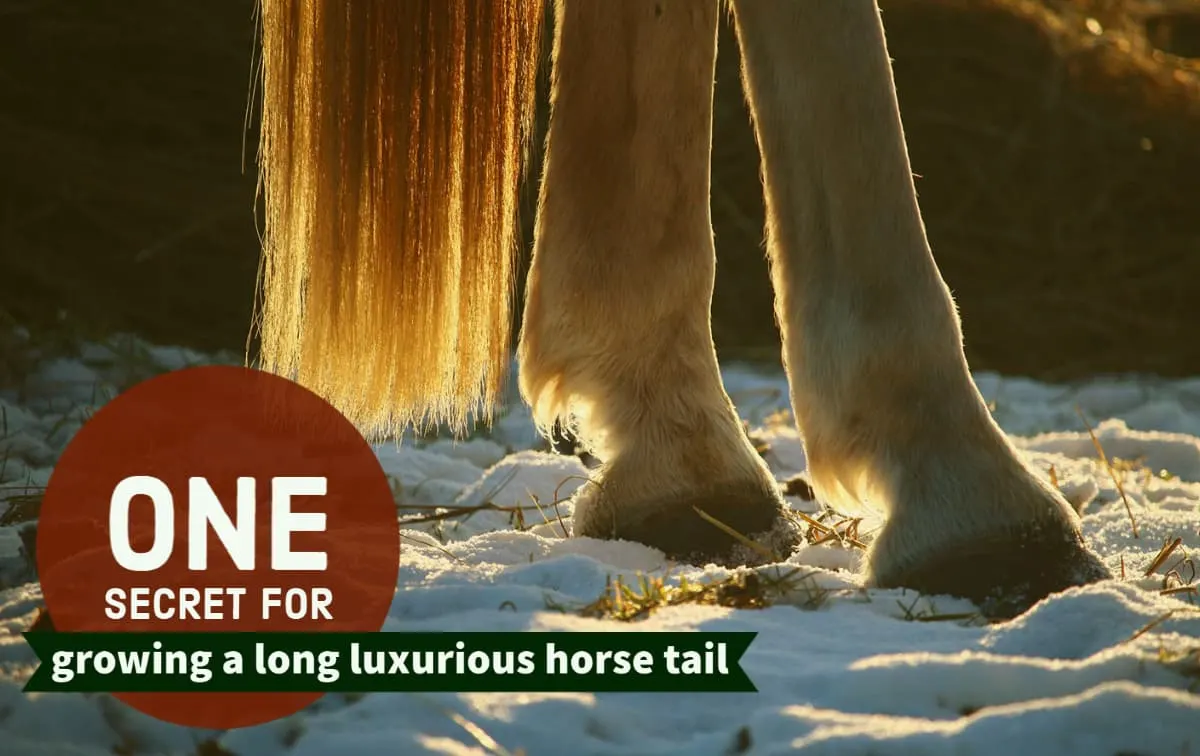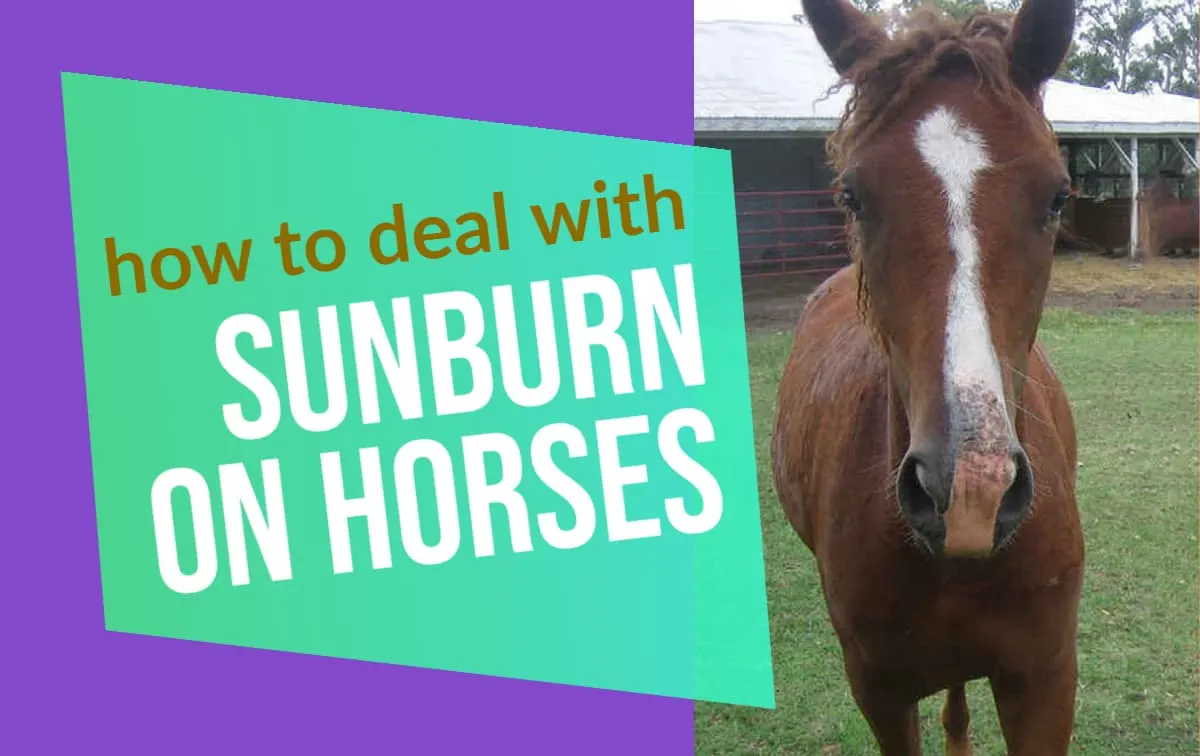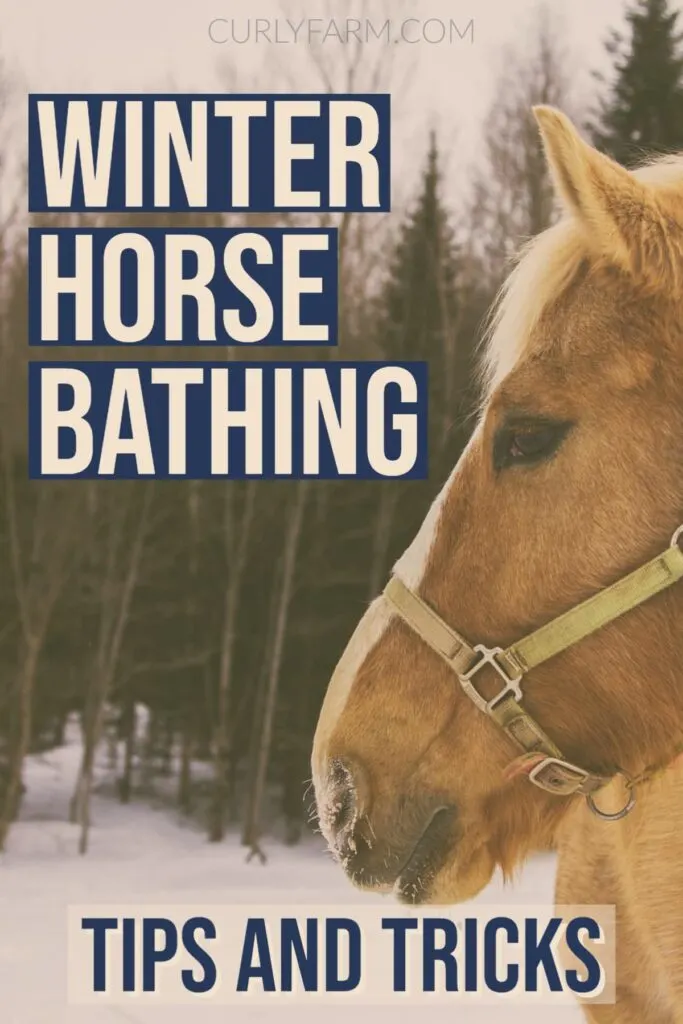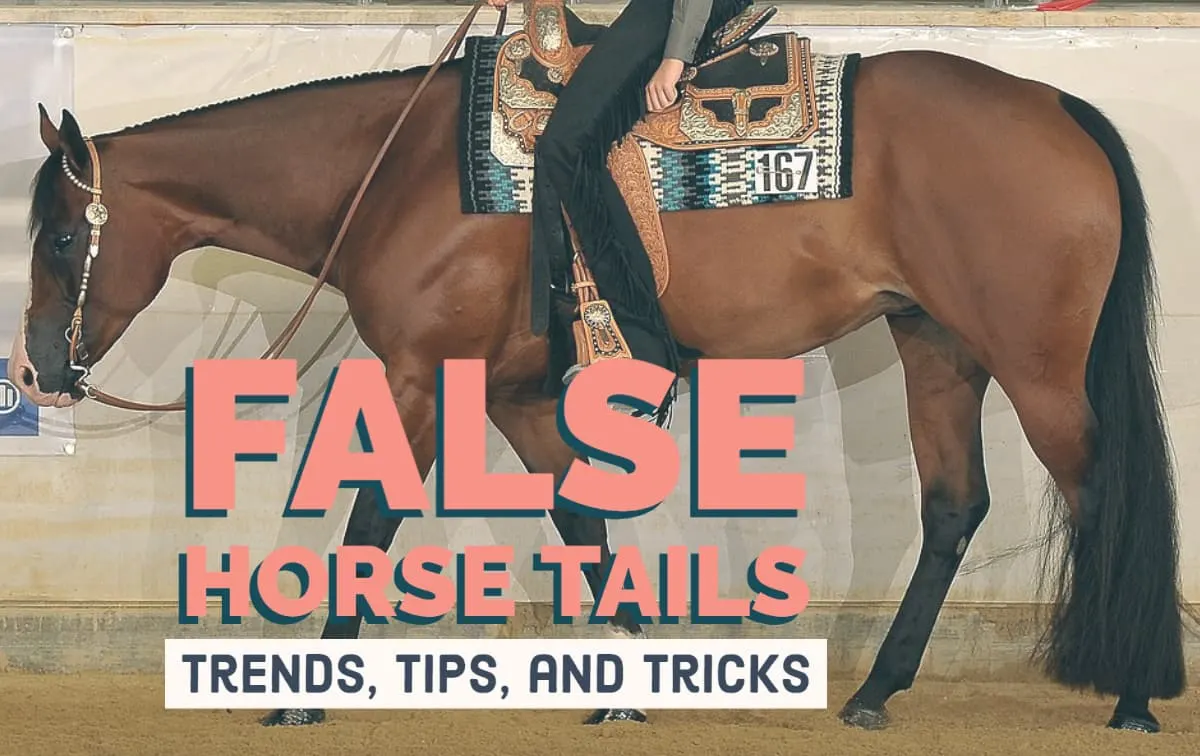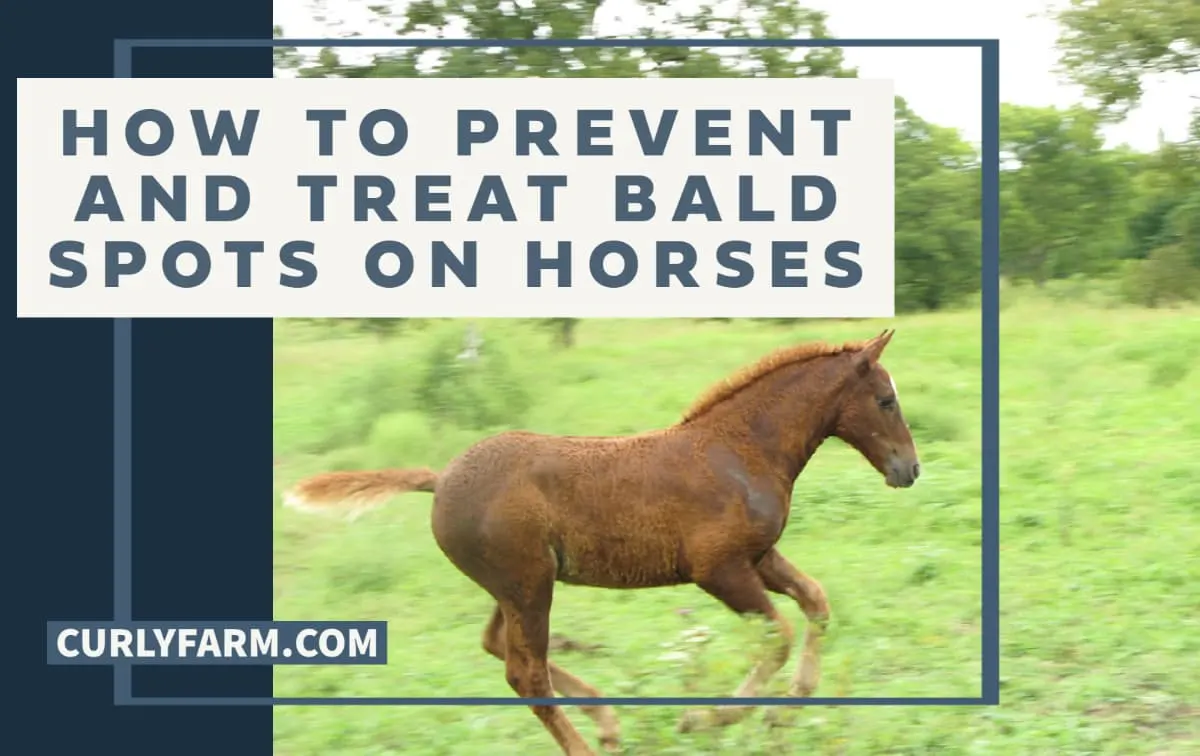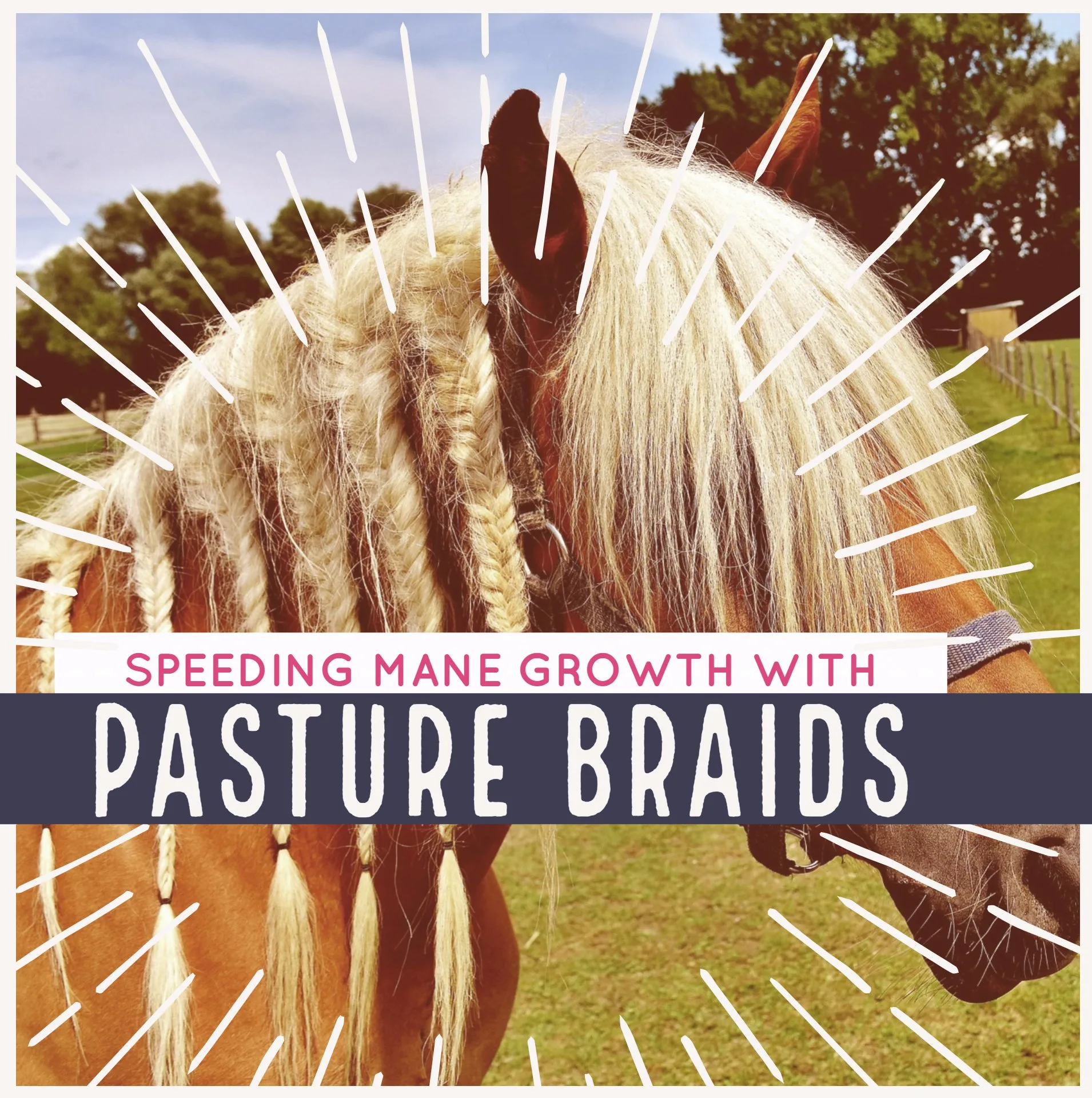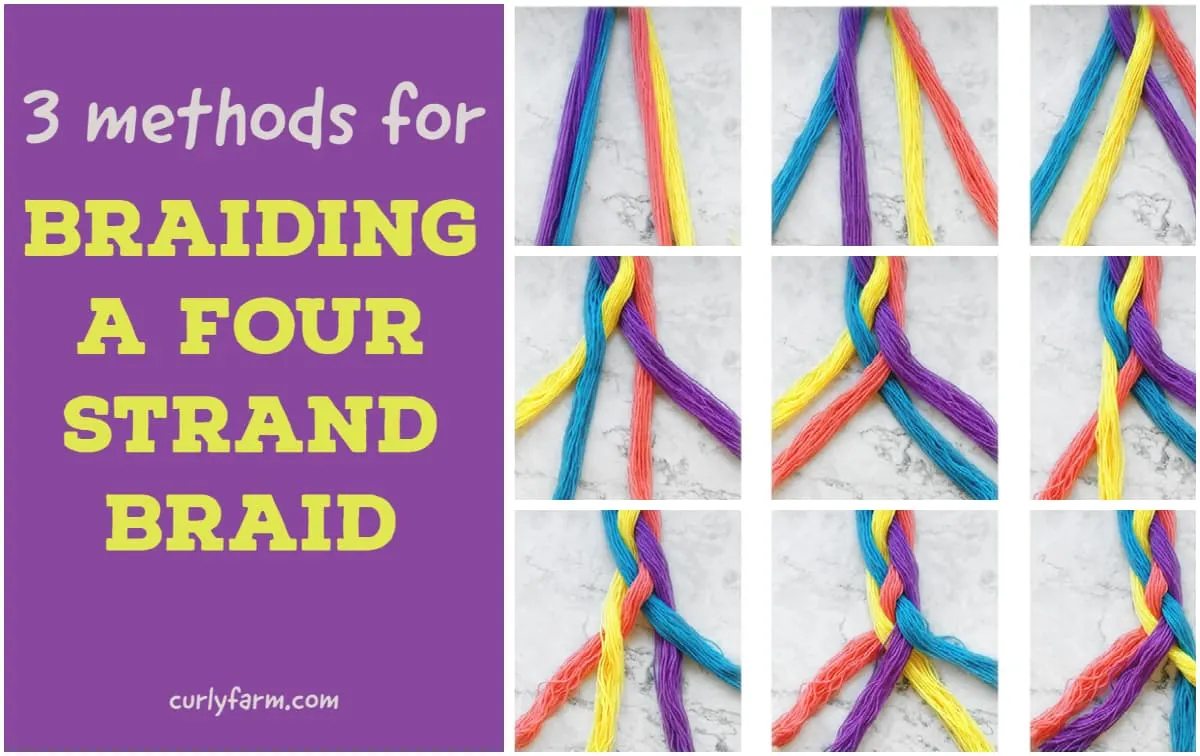Horse grooming can be one of the most enjoyable or the most frustrating parts of horse ownership, depending on your approach to the practice. While many view horse grooming as a chore, I and many of my students appreciate how grooming horses can facilitate a deeper bond between horse and handler. Grooming not only makes a horse look their best, but it’s also an opportunity for a rider to get to know their horse’s body while examining for injury or swelling.
For both horses and humans, horse grooming can be a calming activity – making it perfect for people with anxiety or those who are working on getting over a fear of horses. In this article, I’ve collected a few of our best tips for horse grooming – ranging from ordinary and time-saving grooming hacks to head-turning horse show grooming that’ll be sure to curry favor with judges.
How to Grow a Long Horse Tail
One of the perennial challenges of horse ownership – especially for those of us who exhibit horses and horse shows – is maintaining a long healthy tail. Horses are notorious for getting a small itch on their tailbone and decimating the health of the tail hair in the process of scratching. Maintaining a long healthy horse tail is a little bit art, science, and preventative care. In my article on how to grow and care for a long horse tail, I cover some of these basics plus some tail care hacks I have learned on the horse show circuit.
Grooming white horses
White horses can be a particular challenge to groom. White or very light grey horses not only carry the same amount of dust and debris on their coats, but are also prone to sustaining from grass, mud, or dirty stall bedding. Over years of competing with a gray (and eventually, white) horse, I learned from professional grooms who presented brilliantly white horse in the show ring every time. In my guide to grooming white and grey horses I share my pro techniques for getting white horses brilliantly clean.
Preventing Horse Sunburns
Most horse owners give little or no thought to skincare for horses, but some horses are particularly prone to sunburn, and horses with a higher risk of skin cancers, such as grey horses and some higher-risk horse breeds may need a little extra attention when it comes to summer skincare and protecting horse’s skin from sunburns. In our article on horse sunburns, we discuss recognizing and treating sunburn on horses as well as a number of tips for preventing sunburn.
Winter horse grooming and management
Managing horses in cold winter climates – or just a cold snap in a moderate climate – presents special challenges. Grooming, riding, and horse management practices have to be changed to accommodate for snow, ice, and cooler temperatures. For example, even though in some temperatures you can’t give a horse a bath, there are still ways to get your horse clean enough for the show ring safely, even in cold temperatures.
Although many people avoid riding in cold temperatures, horses are well-equipped for the cold. Years ago, when transportation by horse was common, people rode regularly throughout the winter even in snow and icy conditions. Having fun riding in the snow just takes some special considerations, which I have written about at length in my article on horseback riding and turnout in the snow.
The main thing about winter horse management is making sure your horse has enough hay to eat to keep them warm and enough fresh, thawed water. Although most horses (not all) are able to break the ice to access water below, good winter horse management includes methods to deice or insulate water troughs and buckets. Typically this is done with electric heaters, but I’ve written an entire post dedicated to ways to keep a horse trough thawed without electricity.
Human shampoo
As a former tack store owner, I know how expensive specialty horse grooming products can be. But here’s a secret I never told anyone while I was working in the industry: human shampoo works just as well. In fact, many horse manes and tails grow better, look fuller, and groom easier when washed regularly with human shampoos and given hair masks using human hair products.
Fake tails
One of the arguably strangest trends in horse grooming for competitions is the increased use of false horse tails over the last several decades. By attaching tail extensions produced from deceased horses, horse show competitors can present a horse in the ring with a thicker, fuller tail. If tips for growing along and luxurious tail failed, check out our article on using fake horse tails for information on how to use fake tails, how to buy fake tails, and best practices for using them in the show ring.
Hair loss and bald spots
Caring for a horse that has bald patches or thinning mane and tail can be frustrating. Either by breed or by health condition, some horses struggle to grow thick manes and tails, and may even develop bald patches on their hide.
Horses that are especially sensitive may scrape bald patches simply from leaning on a divider after loading in a horse trailer or rubbing against a fence. Although this can be frustrating and often a long-term battle, there are some simple tips for reducing hair loss and bald spots and horses.
Braiding, Roaching, and Mane Management
For those of us who openly embrace our inner horse girl, braiding manes can be a delightful way to spend time bonding with your horse. Mane management spans a whole gamut of styles and approaches. Though the “proper” way to manage your horse’s mane can vary by breed standards as well as the discipline of horseback riding that you participate in, within a few constraints there are almost endless ways to style your horse’s mane.
Some horse owners take an easy maintenance approach to their horse’s mane. The easiest manes to manage are (1) manes that are kept in simple braids, called pasture braids, during turnout, and (2) manes that are completely roached (i.e. shaved). To learn more about roaching and how to do it, see our article about roached horse manes.
For horse owners who appreciate a long and thick mane, managing all that hair and detangling horse manes can be a challenge! Many riders who ride breeds that are notoriously thick-maned and whose breed standards forbid roaching appreciate an easy running braid.
A running braid is sort of like a French braid for horses- it follows (or “runs along,” hence the name) the crest of the horse’s neck, allowing the neck to flex while keeping horses cool during workouts and preventing loose hairs from getting in the way of a rider’s hands. Learn how to braid a running braid via our article on how to braid a horses mane in a running braid, and after you’ve conquered that, try it with a four-strand braid.
These ordinary and extraordinary grooming practices can help your horse stay healthy and look great, while turning heads in the show ring and helping foster a bond between you and your horse that will serve you whether your equestrian pursuits are in the show ring, the trail, or your own backyard.

